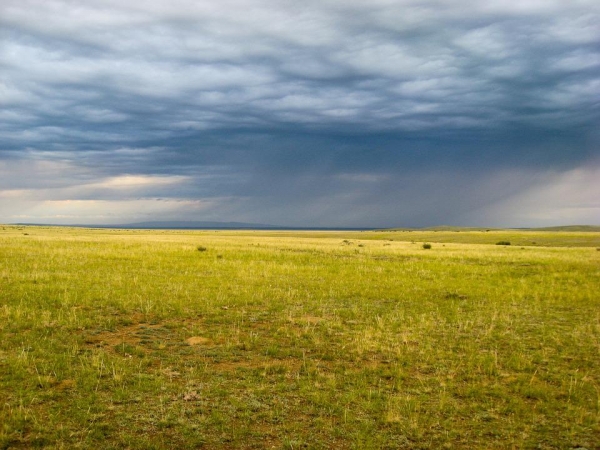Rising annual temperatures and dwindling yearly precipitation across the mid-latitudes of Central Asia have extended its desert climate 60 miles northward since the 1980s, says a recent study led by the University of Nebraska–Lincoln.
An analysis of the region’s climate has revealed that what was once a zone of semi-arid climate, featuring at least some summer precipitation, has since transitioned to a drier and hotter clime offering little rainfall during the growing season. The average annual temperature of the once-temperate areas rose roughly 9 degrees Fahrenheit when comparing the 20-year stretch of 1960-1980 to the 30-year period of 1990-2020.
More than 70 million people live in Central Asia, which comprises five former Soviet republics — Kazakhstan, Kyrgyzstan, Tajikistan, Turkmenistan and Uzbekistan — but is sometimes considered to encompass Afghanistan, western China and fragments of other neighboring nations. Because more than 60% of its land contends with arid or semi-arid climate, the region is especially susceptible to drought and sensitive to fluctuations in precipitation, the researchers said.
Read more at University of Nebraska-Lincoln
Photo Credit: jackmac34 via Pixabay


